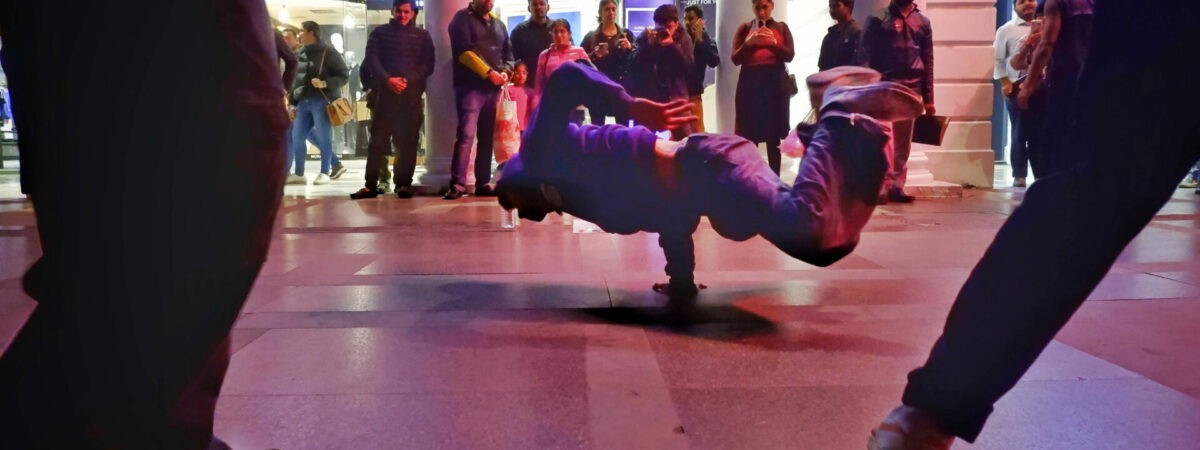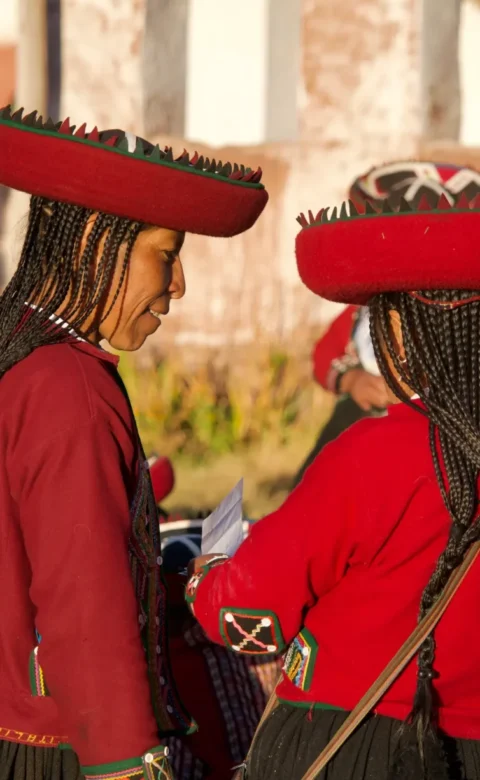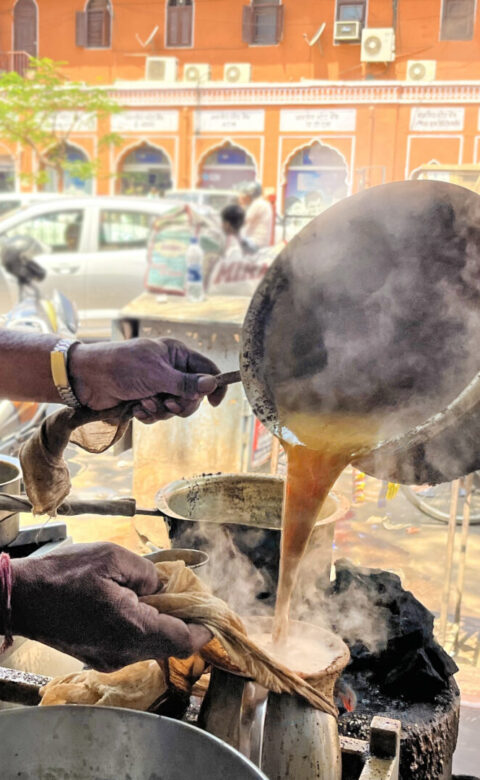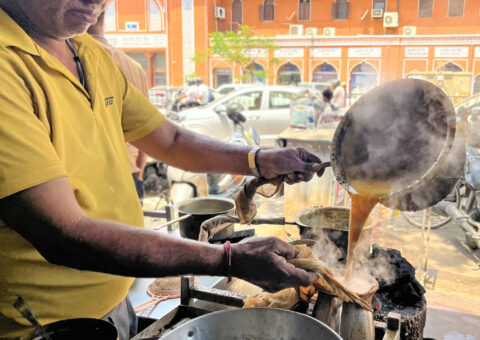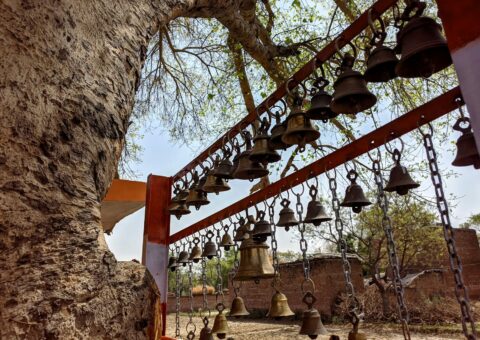Around nine at night, a crowd gathers near Block E of the iconic, circular Connaught Place market in Delhi. Ringed by these intent onlookers are five dancers in loose and baggy outfits, moving like the wind, carried along on beats and enthralling the spectators thronged around them. Just a few steps away, a lively stand-up comedian performs beside a placard that says, “Hi, I do free stand-up comedy. Just wait if you want to laugh,” delighting a crowd that seemingly forgets their sorrows — albeit only for brief moments — and laughs their hearts out.
Brimming with global brands, lively clubs, lip-smacking restaurants and massive crowds, the Connaught Place market — lovingly known to Delhiites as simply CP — turns into a street stage for artists every night. From dancers and comedians to flautists, singers and even harmonica players, these curved arcades democratise art and provide these artists with what they desire most; a loving audience.
Built by the British in 1933 and modelled after the renowned Royal Crescent in Bath, England, Connaught Place was envisaged as the central business district of British India’s capital, New Delhi. Named after Prince Arthur, the 1st Duke of Connaught, CP has since become a business hub and a trendy tourist destination in the city. Thus, with good footfall and a great atmosphere, CP emerged as ‘the’ destination for buskers in Delhi, just like Los Angeles’ Venice Beach, Times Square in New York City and Trafalgar Square in London.
Amid phone camera flashes and a crowd murmur interlaced with hip-hop beats, a group of five breakdancers called Chemical Nature go through their moves. Equipped with a modest Bluetooth speaker and an upside-down derby hat, each group member takes turns to show off their tricks while the others pump up the crowd.
The donations are voluntary, but the group intently claps and thanks anyone who shows some appreciation. “We started in 2019. We all come from different parts of India and it was our love for dance and hip-hop that brought us together,” says, Sagar, a group member. Our conversation pauses briefly as Sagar and other dancers let out a big thank you when a spectator drops some money in the hat.
“We never have and never will do this for the money. Our goal is just to have fun and entertain people. That’s why we love CP’s vibe, people appreciate art here and that motivates us to do better. When the crowd likes a certain routine or move, we often take note and later include it in our practice sessions for bigger competitions,” mentions Sagar, as he prepares himself to go into the circle next.
Just as the crowd begins to swell, a policeman asks them to wrap up and move. Sagar tells us that the police often ask them to move or relocate, as the police don’t want any crowding. And without any permits to perform on the streets, the group has to stop and move. Though we are uneasy at this sudden interference, for Chemical Nature it seemed routine.
The dancers graciously bow and thank the crowd with a humble Namaste. “The city is our stage and Dilliwale [a slang term for residents of Delhi] our audience. The streets have given us so much … it has helped us get sponsors, participate in competitions … now even our families support us,” they tell me, as they leave with their things packed.
At the crossing of two corridors, in a corner sits a musician lost in his melodies. Sporting dazzling dreadlocks is Anshul Riaji, known to many by his stage name Fakira, literally meaning ‘the one who ponders’. With his guitar case in front of him and scores of people around him, Fakira simply looks as if he is in a soulful meditative state.
Fakira’s performance typically includes 10 songs, and he rarely talks during or after his renditions. On the guitar case in front of him, he lists the names of all the songs he performs in any session and only stops to tune his guitar or drink some water. The spectators respect his silence during the set, for his songs are too soothing to be stopped.
Fakira made national headlines in India a few months back when his performance was interrupted by the police who, similar to Chemical Nature, asked him to leave to prevent any overcrowding. Yet after the video of his eviction went viral on social media, love poured in for Fakira from all corners of India. As a result, he recently got a call from a prominent reality singing TV show and is currently a participant.
Around Block E, a man performs with a simple white placard below him and a bag full of jokes up his sleeve. His name is Jai Sharma, and he is a stand-up comedian. His jokes take his audience on a humourous adventure and the spectators, it seems, are glued to the spot by the comedian’s ecstatic personality. Even the policemen can’t help but laugh and let loose a bit.
“I started stand-up comedy in 2017 after seeing many new-age Indian comics like Abhishek Upmanyu, I just knew that this was my calling,” says Jai as he wraps up his performance amidst applause. When asked why he chose the streets as his stage, he tells us, “My very first open mic was in 2021. But I had to pay to get in and even then the audience is smaller. After that open mic, I decided to make the city my stage… performing in the streets helps me to get real audience reactions and builds up my confidence.”
Jai is currently working with a bank to pay the bills but is on the streets at least twice a week to follow his passion. “Comedy is my first and only love. I don’t have a Plan B and comedy is what I want to do. Right now it’s the streets and soon it’ll be the stage but I am just loving the process,” says Jai as he readies himself for his next CP performance.
Just as we are about to leave the Connaught Place market after a mesmerising night, we hear a quaint melody played over the Indian bamboo flute or bansuri. As we inquisitively follow the magical melody, our search ends near one of the archways at CP’s Block A. Clad in the traditional Indian dhoti-kurta with a blue jacket on top, a man effortlessly plays intoxicating tunes on his flute.
A placard accompanies him with the words, “I am not a beggar. I just want to touch your soul with the help of music.” When we ask him about the story behind the placard and the reasons behind the buskers being regularly evicted, he refrains from telling us his name but mentions, “People sometimes treat us like beggars, but we are all artists, it’s just that we chose the street as our stage. The big shop owners don’t want a big crowd in front of their shops, it affects their business and so they request the police to evict us. I understand them but without art, there is no Dil [heart] in Dilli [the Hindi-Urdu word for Delhi]… in the past there were traditional arts and now it is the modern ones on the streets. This is what makes Delhi so unique, lovable and warm.”
Street performance has been an inseparable part of Indian culture since time immemorial. From legendary Indian poets like Kabir and Meera to snake and monkey charmers, the streets of India have been home to the arts for hundreds of years. During colonial times the British authorities in India enacted the Dramatic Performances Act in 1876 to discourage street entertainers and quell rising Indian opposition to the British Raj. Since then, even though street performances are now legal, a host of permits from the police and municipal departments are still needed for every performance.
Yet the artists endure and come out every day to perform their hearts out on Delhi’s thoroughfares, for India’s capital is adorned by a stunning array of artists that infuse life onto her streets. Each artist and their art tell a unique story, reflecting the city’s rich cultural heritage and contemporary realities. pulling spectators towards them from around Delhi and the world.
This article is a collaboration between Aniket Singh Chauhan and Shagun Kaushik

